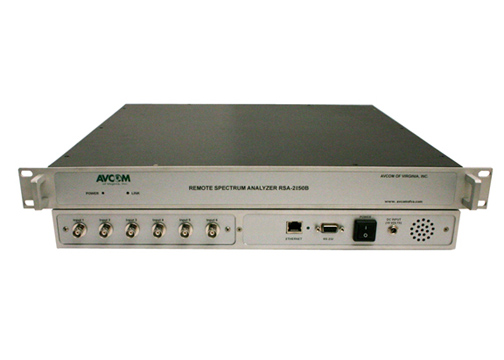A signal spectrum analyzer measures and analyzes any input signal interferences within a specific frequency range. Nowadays, many electronic circuit design laboratories, private and government facilities, require different RF spectrum analyzers for various purposes. There is a wide range of applications of RF signal spectrum analyzers. From microwaves and electronic device frequencies to government facilities and airplanes, these devices are used in various facilities. You can choose from portable spectrum analyzers to benchtop real-time spectrum analyzers. There are plenty of spectrum analyzer devices to suit all your requirements. But before selecting a spectrum analyzer, there are a few factors that you must consider.
- Specifications / Features
It is best to consider a signal spectrum analyzer’s various specifications to ensure you get the best out of your signal analyzer. These devices come with a variety of specifications to suit the needs of different facilities. The performance of your signal spectrum analyzer depends highly on its specifications. Therefore, you should pay close attention to choosing the spectrum analyzer that best fits your facilities’ performance needs.
- Performance needs
Engineering labs, wireless equipment manufacturing facilities, wireless service providers, government and military facilities all have different performance needs. Therefore, it is best to consult with an expert from signal spectrum device providers to assess the performance needs accurately and select the right device.
- Frequency coverage
Another factor that needs to be considered is the frequency coverage range. Many different types of spectrum analyzers can cover diverse area ranges. Therefore, according to your facilities’ frequency coverage requirements, you should choose the right signal analyzer to meet your needs.
- Amplitude accuracy
Field engineers, technicians, wireless equipment manufacturers, service providers, contractors, and military personnel need high-performance amplitude accuracy to accurately pinpoint the signals. Therefore, it is crucial to choose the right spectrum analyzer with an advanced interface and a wide range of sensors to accurately identify and detect signals.
- Facilities requirements
For your signal spectrum analyzer device’s best performance, the facilities available need to be considered. Some facilities require portable spectrum analyzer devices, while other facilities with high-performance needs might need benchtop analyzer devices. Therefore, it is crucial to consider the facility requirements and available facilities before making a decision.
If you have any questions or want to explore different spectrum analyzers and their various features, please contact our experts.






